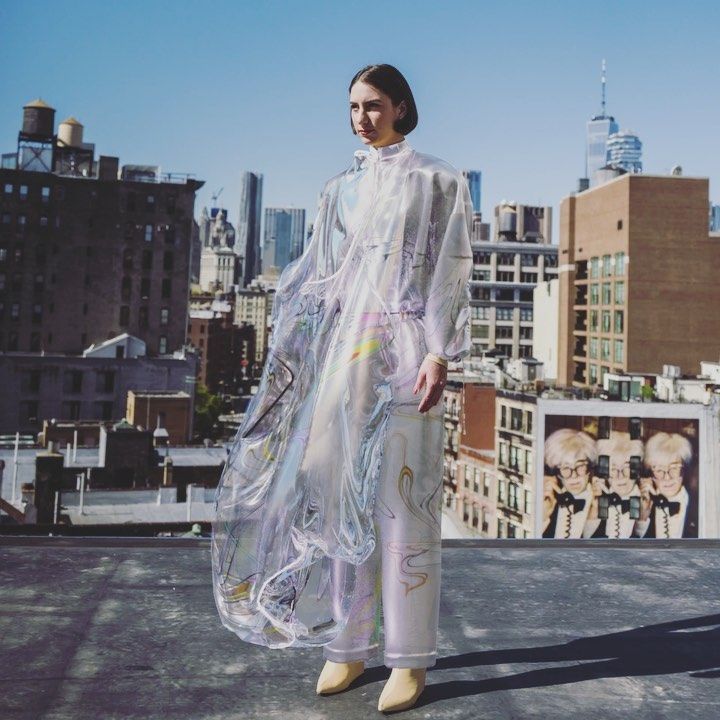
While physical fashion shows are gradually returning to the major fashion capitals, some outfits are already being worn exclusively on networks or in video games, a phenomenon driven by global containment that threatens to disrupt the industry.
These are futuristic clothes, ordered from very young designers. Prices range from a few dozen euros, dollars or bitcoins, up to thousands, if the customer wants worldwide exclusivity. Transactions are done with NFT, “non-fungible tokens”. There are also clothes to dress the “skin” of their favorite avatar. A world populated with computer-generated images, people equipped with thick black glasses, who move or gesticulate according to what is presented in this “metaverse” (meta-universe) like in the film “Ready Player One” by Steven Spielberg (2018).
No CO2 emissions
“We create in the total absence of the physical. Fashion is above all an experience. We don’t necessarily need to physically feel the emotion of wearing fabulous clothes,” says Michaela Larosse, spokeswoman for the Dutch start-up The Fabricant . With about 20 graphic artists and designers, The Fabricant began creating digital clothing in 2018. But it is with the pandemic that its turnover “exploded”, she says.
The Fabricant works with Puma or Tommy Hilfiger to design their clothes in 3D, which reduces production costs. But its proposal goes further and goes through the “metaverse”, which is “a collection of virtual worlds”, explains Michaela Larosse. Equipped with their virtual identity and glasses, customers can talk with advisors, also virtual, and buy and sell their clothes to another consumer.
The customer is helped to express himself without using raw materials or emitting CO2. “If you choose to go naked, then there is no problem. You can choose a light garment or a smoke hat”. A proposal that has everything to appeal to “the under 20s who don’t remember a non-digital world”.
Balenciaga in Fortnite
Three major luxury brands questioned by AFP during Paris Fashion week about projects in the “metaverse” refused to comment. However these plans exist. Like Balenciaga, which has made a foray into the popular video game Fortnite, offering clothing and sneakers to more than 250 million players.
But Jean Paul Gaultier, who had been a pioneer in many aspects of fashion, tells AFP that it does not interest him. “I’m from another era and happy with my very tactile adventure with real clothing,” he says. “I don’t watch video games, I couldn’t have created this”. But for art historian Miren Arzalluz, director of the Palais Galliera, the fashion museum in Paris, the trend is “extraordinary.”
The sooner the better
“Digital offers a wonderful opportunity to imagine fashion and experience a moment differently,” she tells AFP. The DressX app, founded a year ago in San Francisco, offers hundreds of digital dresses, jewelry and artwork for less than $10 a month, in line with companies like Spotify or Netflix. There are issues to work out, including accounting, notes one of the two founders, Natalia Modenova, but this is the future. “It’s like the beginning of the internet: some brands were hesitant to put their products on sale online,” recalls co-founder Daria Shapovalova. But “the sooner you position yourself, the better”. (AFP)
